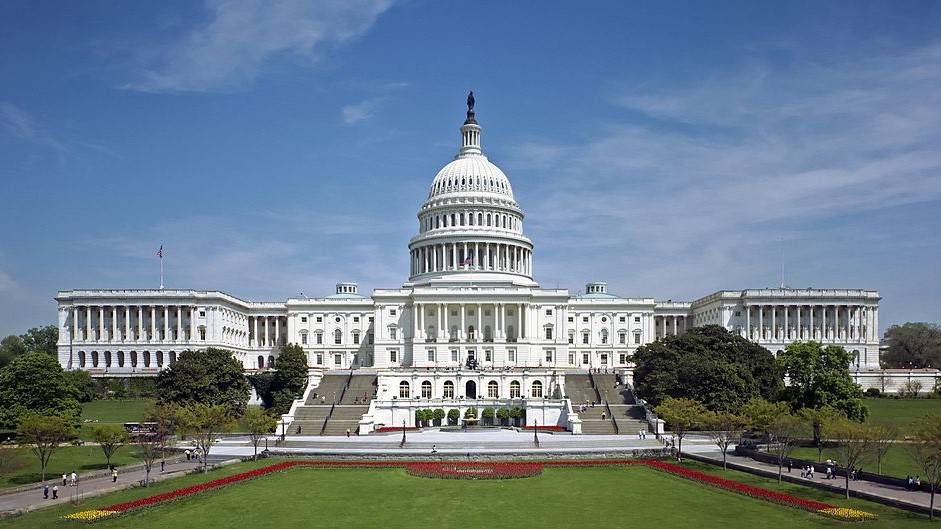Burning Questions: Will we be able to return to the skies any time soon?

Article content continued
“None of these numbers reflect our current reality,” he said.
Last summer, usually the industry’s strongest season, air passenger traffic was down nearly 90 per cent in the June-to-August period compared to the same period in 2019.
“As we look to 2021, it’s not just about recovery now for the sector — it’s about ensuring permanent damage isn’t inflicted,” McNaney said.

Added pain for the airlines is coming from fee increases, as ancillary businesses from airports to flight navigation providers try to make up for their revenue shortfalls.
NAV Canada, which provides air traffic control and navigation services to private carriers, increased its fees by an average of 29.5 per cent in September, a move that caused WestJet to add between $4 and $7 to ticket prices to recover some of the additional costs, despite concerns it would further crimp travel.
Daniel-Robert Gooch, president of the Canadian Airports Council, says despite all the measures taken, such as loading on additional debt and taking advantage of all rent relief including some deferrals offered by the government, airports won’t be able to offset losses expected in 2020 and 2021.
In September, the airports informed the federal government they anticipate $4.5 billion in lost revenue by the end of 2021, with debt levels increasing to $2.8 billion. That forecast represented a 30 per cent deterioration from earlier expectations.
“With fewer travellers, the model’s not working right now,” said Gooch, who speaks on behalf of Canadian airports.




